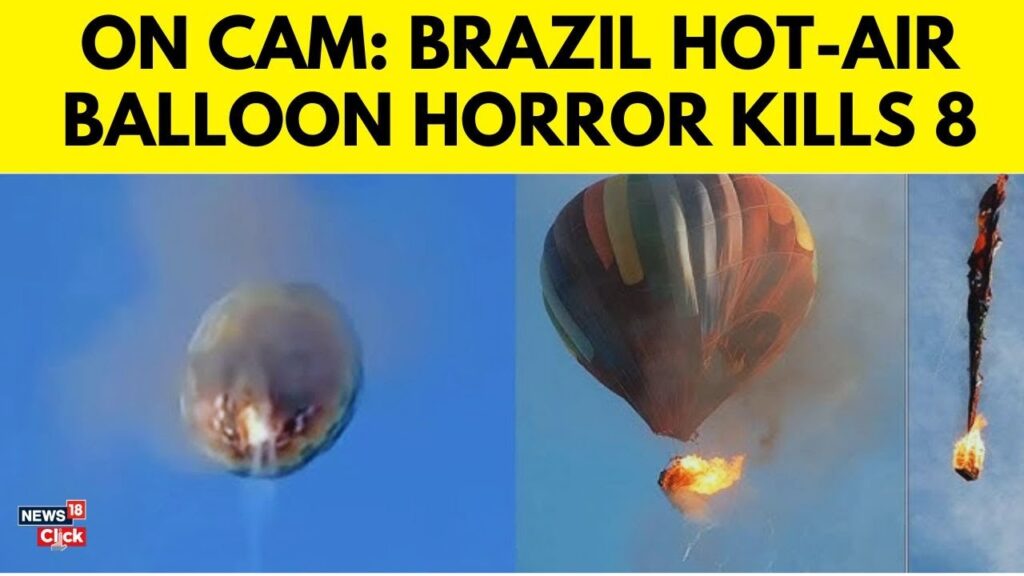
Introduction
On October 15, 2023, a tragic hot air balloon accident occurred in Brazil, prompting widespread concern about the safety of air tourism. The incident, which resulted in multiple casualties, highlights the need for improved regulations and safety measures in the recreational flying industry. As hot air balloon rides continue to gain popularity among tourists eager to experience Brazil’s breathtaking landscapes, it is essential to examine the circumstances surrounding this unfortunate event.
Details of the Incident
The accident took place near the picturesque city of Bonito, a popular destination famed for its natural beauty and adventure activities. Eyewitness reports indicate that the hot air balloon encountered severe weather conditions shortly after takeoff, leading to a sudden descent. Local authorities confirmed that the balloon was carrying ten passengers and two crew members at the time. Emergency services rushed to the scene, where they discovered that several individuals had sustained serious injuries while two were pronounced dead at the site.
In the aftermath of the accident, the Brazilian National Civil Aviation Agency (ANAC) announced an immediate investigation into the circumstances surrounding the event. Preliminary findings suggested that the hot air balloon may not have adhered to safety protocols regarding weather assessments during the flight preparation phase.
Reactions and Safety Concerns
This tragic incident has reignited discussions about safety regulations surrounding recreational ballooning in Brazil. Advocacy groups have called for stricter enforcement of existing regulations and the implementation of new safety measures, including more thorough training for operators and stricter oversight of flight conditions. As air tourism continues to grow, organizations dedicated to improving aerial safety have pointed to the importance of comprehensive risk assessments before every flight.
Conclusion
While the investigation into the Brazil hot air balloon accident continues, the implications are clear. This tragedy has highlighted the urgent need for heightened safety standards in the hot air ballooning industry. In an era where adventure tourism is thriving, the safety of participants must be prioritized to prevent future incidents. As authorities work to determine the causes of the accident, it is crucial for the industry to collaborate in enhancing safety protocols and ensuring that consumers can enjoy their experiences without fear of tragedy.

